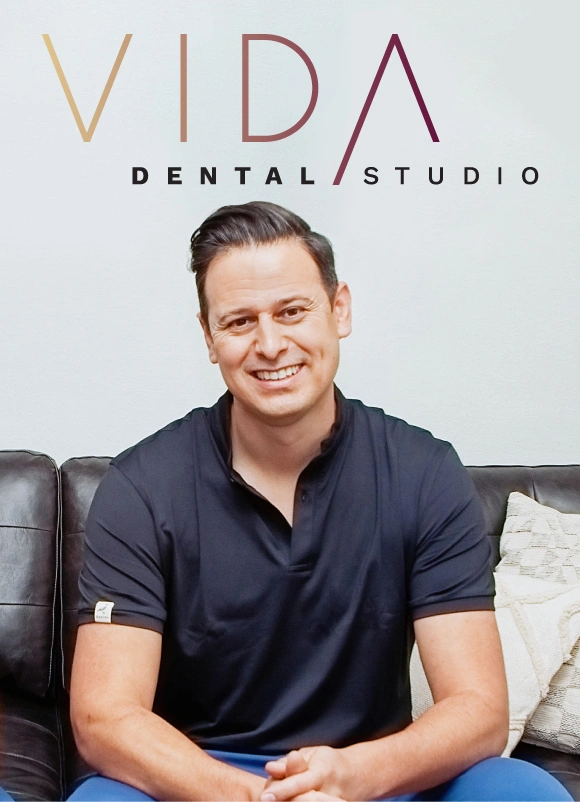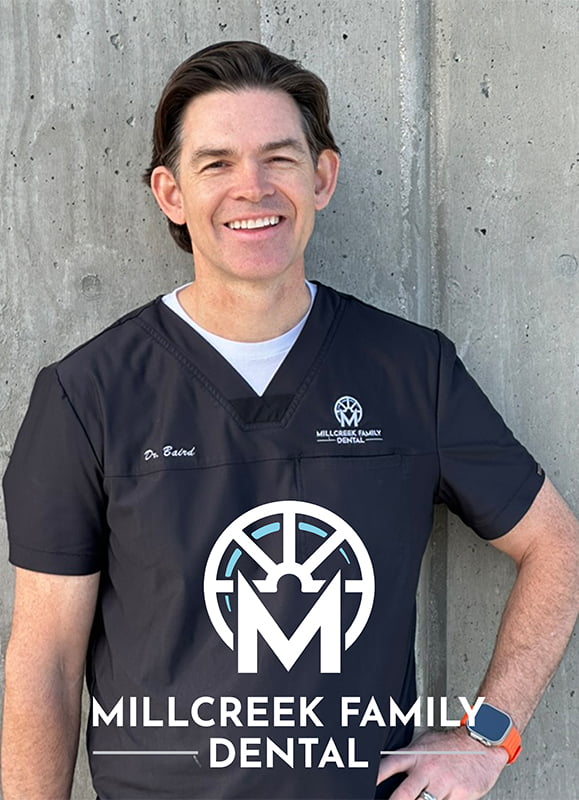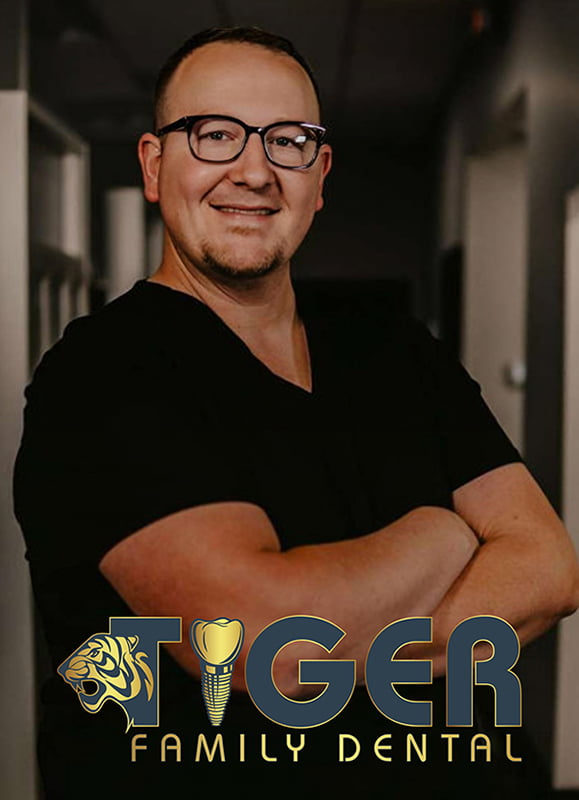A Simple Guide to Productive Scheduling
 We’ve all experienced the bad roller coaster ride of busy, non productive days and slower, more productive days. And too often, the “bad” days of high volume, low production outnumber the “good” days. Yet, in order to make your production goals, you NEED those occasional high production days or your stress level goes through the roof. So how does this happen in the first place? Too often, offices look at openings in the schedule and just think they need to fill them, with anything. The crazy days happen due to lack of direction to a team on what the ideal day SHOULD look like and strategies on how to make those days consistent.
We’ve all experienced the bad roller coaster ride of busy, non productive days and slower, more productive days. And too often, the “bad” days of high volume, low production outnumber the “good” days. Yet, in order to make your production goals, you NEED those occasional high production days or your stress level goes through the roof. So how does this happen in the first place? Too often, offices look at openings in the schedule and just think they need to fill them, with anything. The crazy days happen due to lack of direction to a team on what the ideal day SHOULD look like and strategies on how to make those days consistent.
At The Academy, we look at scheduling in a very unique way. Our recommendation for a successful schedule is to book your appointments to production, not to time. What does that mean exactly? Let’s use an example of an doctor that wants to produce at $500/hour. In this scenario, if the fee for a crown is $1000, we recommend that you schedule 2 hours. Now, I know you are thinking, that it doesn’t take the doctor 2 hours to do a crown prep, but scheduling with this intent allow you to block that time in the schedule so no one on the team is rushed, the doctor is meeting his production goals, and is now free to work in the second operatory, do hygiene exams or even spend more time interacting with the patient.
The key to a successful schedule that is productive without being overwhelming is a balance between high, moderate and low production appointments. This is not about the “perfect” schedule, with the x’s and slashes for doctor and assistant time. That “perfect day scheduling” only works if there are no changes in your day; if everything goes ideally with every patient and every appointment. This leaves no room for error. The minute one patient is 5 minutes late, or a patient can’t get numb immediately or you need to take a second impression, the “perfect day” just fell apart and it’s a snowball affect that haunts you all day. While in theory, that method works, but in dentistry, there is only one thing that you can count on in your day: that it will NEVER go as planned!
We look at the schedule as a puzzle. It is about designing a day that has a balance of high production blocks (those that meet or exceed your production goals), moderate production blocks (for appointments with a dollar value but that is not enough to meet your hourly production goal) and the appointments that have no charge attached to them. Literally, every office needs to create a template, or an outline with each block representing a puzzle piece. Where do they fit in the day? How do they fit next to each other? If the doctor is in one chair doing a crown prep, at what point in that appointment could he go to the next chair to seat a crown? Or could he do a couple of fillings? Are there certain procedures that can’t be double booked? When would be ideal in your day to see new patients? Emergencies? The good news is there is no cookie cutter right answer. Each office as the ability to create their own, unique schedule template that has a balance of all 3 types of appointments.
Designing your schedule template should be a group effort. The first point to agree on is the production goal. Break it down. Most dentists know what they want to produce each month, then break that down to a daily goal, which you can then easily break down to an hourly goal. From there, use lined and columned paper to literally start drawing your day! Once you have it on paper, most dental software programs allow you to create your template right in your schedule.
You may decide to have 2 different templates, both that meet your daily goal, but perhaps offer different times for different types of appointments. For example, you may have one template when high production appointments are at 8am and 2pm (perhaps for Tuesdays and Thursdays) and another where high production appointment is at 10am and 4 pm (Monday and Wednesdays). Having a variety of times for different appointment types offers more availability to your patients.
Once that is done, it becomes much easier for the team to CONSISTENTLY fill the schedule to goal each day. Literally, you fill in the puzzle pieces!
Have a great experience with PDA recently?
Download PDA Doctor Case Studies


















